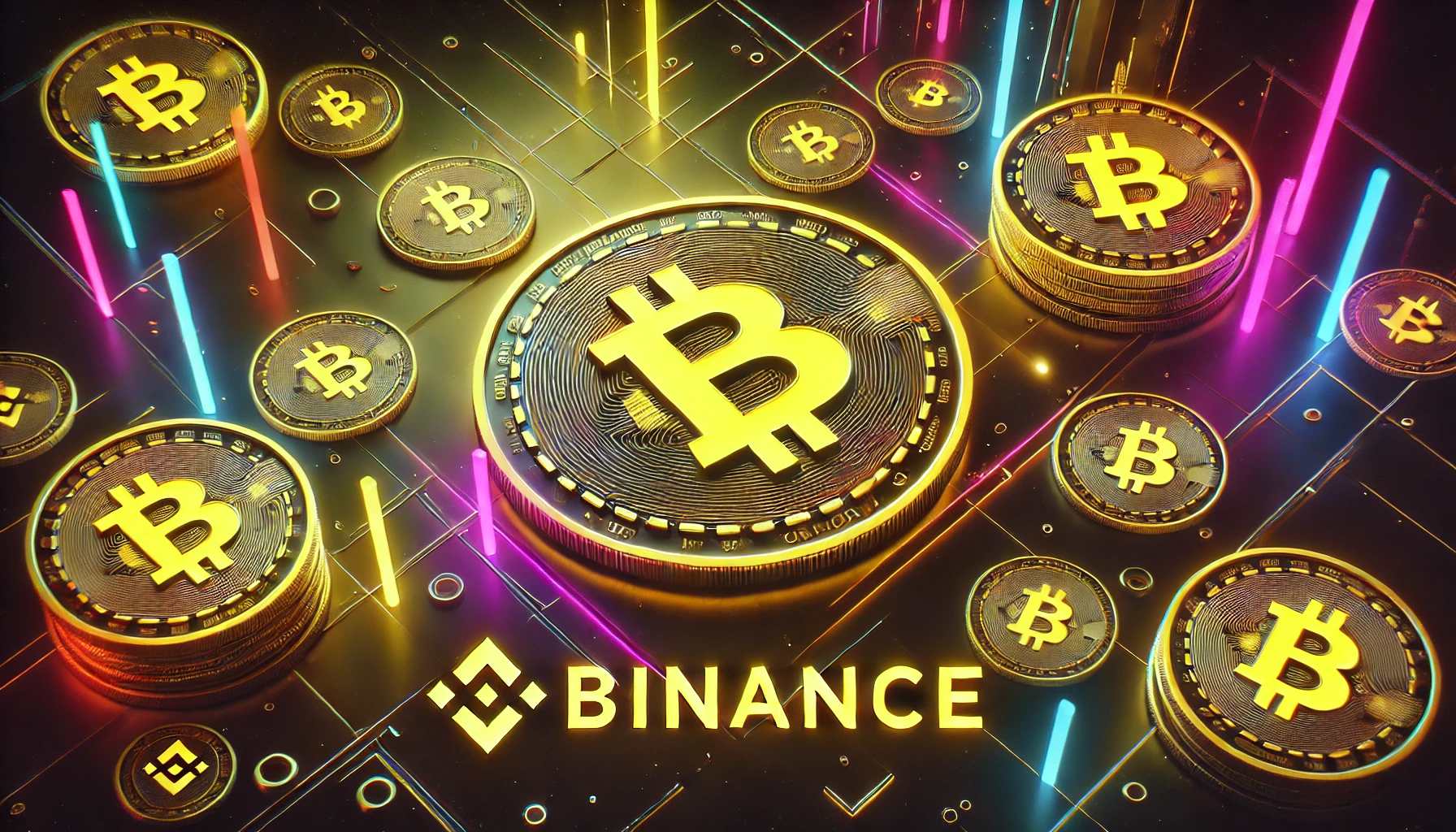A U.S. court has granted Binance permission to invest customer funds in U.S. Treasury Bills, a significant development for the crypto exchange amidst ongoing regulatory scrutiny.
Points
- Binance receives court approval to invest customer funds in U.S. Treasury Bills.
- The investment must be managed by a third-party investment manager.
- The move could shore up demand for the U.S. dollar.
- Collateralized stablecoins like Tether may play a role in supporting U.S. debt instruments.
- Potential implications for the cryptocurrency market and U.S. dollar dominance.
Binance’s Strategic Move
On July 19, a United States court granted Binance the green light to invest customer funds into U.S. Treasury Bills. This decision, issued by the United States District Court for the District of Columbia, mandates that the investments be managed through a third-party investment manager, ensuring that the funds are not reinvested back into Binance or any related entities.

Cointelegraph
Stabilizing the U.S. Dollar
This court approval allows Binance to contribute to shoring up demand for the U.S. dollar, particularly in the face of de-dollarization efforts by BRICS nations. The collateralization of stablecoins, such as Tether (USDT), plays a significant role in this strategy. In 2023, Tether held $72.5 billion in U.S. Treasuries, comparable to holdings by certain developing nations. By holding substantial U.S. debt instruments, stablecoins like Tether can help offset some of the inflationary pressures caused by quantitative easing and other fiscal policies.
The Role of Stablecoins
Stablecoins, pegged to the U.S. dollar, have been floated as a potential method to extend U.S. dollar dominance for decades. By purchasing and holding U.S. debt instruments, stablecoins generate demand for the U.S. dollar, which in turn supports the value of these fiat-equivalent tokens. Former U.S. Speaker of the House Paul Ryan has noted that stablecoins can help alleviate the debt crisis and maintain the competitiveness of the U.S. dollar in global trade markets.
Diverse Opinions
While some see this as a positive development for the stability of the U.S. dollar, others, like Alex Gladstein, Chief Strategy Officer of the Human Rights Foundation, argue that dollar-pegged stablecoins only perpetuate the existing fiat-centric system that decentralized digital currencies aim to disrupt. This debate underscores the complex interplay between traditional financial systems and emerging digital assets.
Conclusion
The court’s decision to allow Binance to invest customer funds in U.S. Treasury Bills marks a significant step in integrating cryptocurrency platforms with traditional financial systems. This move not only has implications for the stability and demand for the U.S. dollar but also highlights the evolving role of stablecoins in the global economy.
解説
- U.S. Treasury Bills: Short-term government securities with maturities ranging from a few days to one year, used as a tool for managing short-term funding needs.
- Collateralized Stablecoins: Cryptocurrencies pegged to a stable asset, such as the U.S. dollar, often backed by reserves of the pegged asset.
- Quantitative Easing: A monetary policy where a central bank purchases government securities to increase the money supply and encourage lending and investment.
- De-Dollarization: Efforts by some countries to reduce their reliance on the U.S. dollar in international trade and finance.
- Human Rights Foundation: An organization that promotes and protects human rights globally, often highlighting issues within the financial system.
